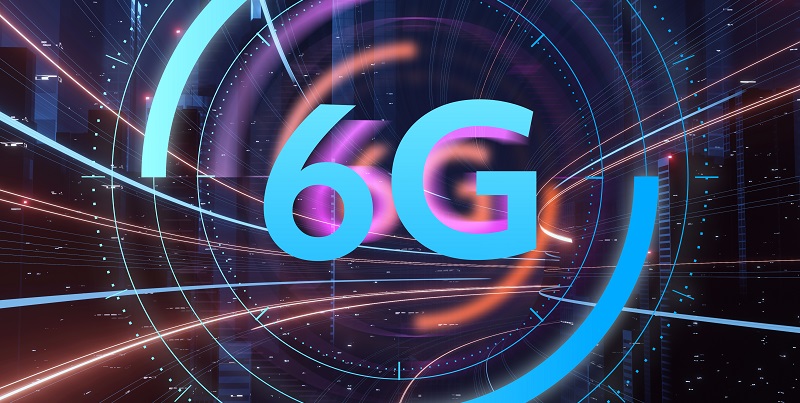The concept of the metaverse has been gaining traction in recent years, aiming to create a convincing parallel digital space where people can work, shop, and socialize as they do in the analog real world. However, achieving the level of performance necessary for a seamless metaverse experience over global networks requires the implementation of new network technologies, particularly as part of the developing 6G standards.
The need for 6G technologies in achieving Metaverse performance
To truly enable the metaverse, network latency becomes a critical constraint that demands continuous improvement. The next iteration of latency enhancement, it is believed, can only be achieved with the widespread implementation of pervasive 6G networks. These new network technologies will not only address latency but also aim to enhance other crucial performance metrics.
Enhancing connectivity for seamless user experiences
For the metaverse to provide users with a sense of true presence, developers must significantly improve both downlink and uplink performance. Downlink refers to the transfer of data from the network to the user’s device, while uplink is the opposite. By ensuring reliable and robust connectivity, the metaverse can offer the immersive experiences that users expect and deserve. In this regard, powerful artificial intelligence (AI) technologies will play a pivotal role in creating and maintaining the 3D environments and visual representations necessary for seamless user experiences.
Breaking boundaries with 6G capabilities
The advent of 6G technology will bring forth a new era where network boundaries are no longer confined to traditional limitations. By incorporating high-throughput computing and leveraging the advanced connectivity capabilities of 6G, the metaverse will redefine the confines of network boundaries. This will not only enhance the performance of the metaverse but also enable new possibilities for real-time collaboration and interaction among users, regardless of their physical locations.
Collaboration and interaction in the metaverse
One of the key advantages of the metaverse is its ability to enable close interaction between product stakeholders and end users throughout the design phase. Regardless of their geographical locations, designers, engineers, and customers can work together seamlessly, providing input, making changes, and experiencing virtual prototypes in real time. This level of interaction and collaboration has the potential to revolutionize various industries, fostering innovation and driving efficiency.
Environmental Benefits of the Metaverse
The metaverse holds potential environmental benefits that could positively impact our world. By improving the effectiveness of digital twins, which are virtual replicas of physical assets, the metaverse can help reduce carbon emissions in the manufacturing sector. With accurate virtual models and simulations, manufacturers can optimize processes, reduce waste, and minimize the ecological footprint associated with physical production.
The possibilities offered by the metaverse are truly vast. However, to unlock its full potential, a dependable 6G infrastructure is essential. The development and implementation of new network technologies, improving latency, connectivity, and computational power, will be vital in creating a metaverse that seamlessly bridges the analog and digital worlds. As the metaverse gains traction, it has the potential to revolutionize industries, enhance collaboration, and significantly contribute to positive environmental change. By embracing the metaverse and investing in a reliable 6G infrastructure, we are taking a step towards realizing a truly interconnected and immersive digital future.

